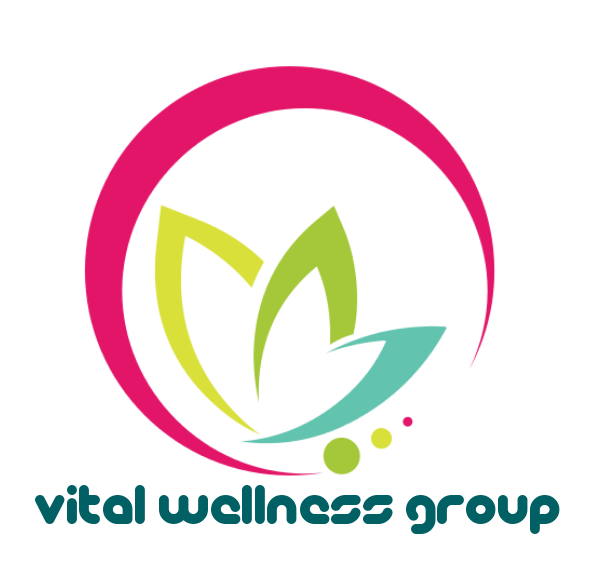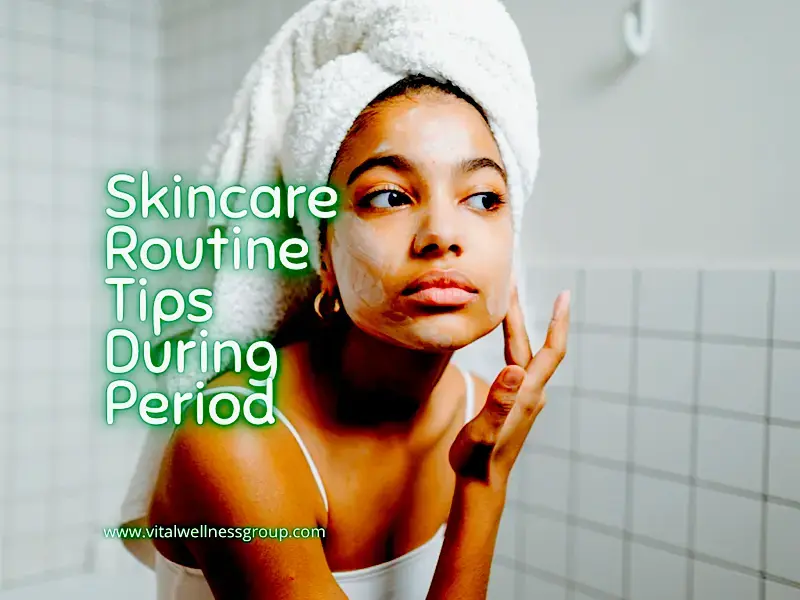Your menstrual cycle puts your body through different hormonal level changes. This often reflects on your skin and can leave you feeling dull and congested for a few days and glowing the next few days. Here are a few ways to help your skincare routine during your period.
10 Skincare Routine Tips During Your Period
Double cleansing at night
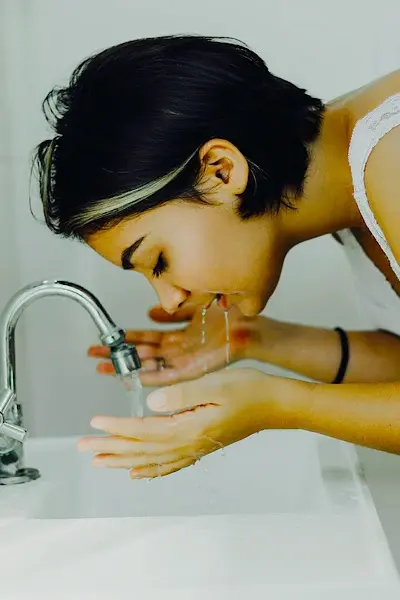
Double cleansing is a face washing that helps ensure you take off everything sitting on your face the whole day. Making sure you get rid of all that first at the end of the day allows your skin to breathe and repair itself while you sleep.
As the name suggests, you cleanse your face twice. The first cleanse uses an oil-based cleaner to break down sunscreen, make-up (even the waterproof kind), and dirt.
Oil-based cleansers are usually in liquid or balm form, and you need to work them onto your dry skin. Make sure your face is dry before you do the first cleanse, or else the oil cleaner won’t work properly if your face is wet.
Once you’re done with your first cleanse, wash it off with water, and then you can move on to the second cleanse.
Your second cleanse can be done with your usual water-based cleaner. Your usual make-up remover will work even better now that the first layer of make-up and dirt has been removed.
Once you’ve rinsed all your cleansers off your face, pat your skin gently to dry.
Use a salicylic acid face wash
Leading up to or during your menstrual phase, you may notice your skin flaring up more than usual with acne. You may glimpse your skin appearing to look duller, the skin tone may be uneven, and it could either be too oily or excessively dry.
These symptoms usually start showing when there’s a dramatic change in hormone levels. Premenstrual symptoms can start to show, and your progesterone and estrogen levels are low during your menstrual phase.
A chemical exfoliating ingredient like salicylic acid can help manage your skin’s appearance. Salicylic acid in a face wash can gently slough off dead skin cells to push forward fresh new skin cells to the top for that more even skin tone.
Salicylic acid face washes can help your skin regulate sebum production when experiencing oily areas around your face. It is good to prevent and treating acne stains.
To get the best results from your salicylic acid face wash, leave it on for 1 to 2 minutes before rinsing it off.
You can use salicylic acid face washes twice a day, morning and night. But if it is too dry for you, one time daily is better. Remember, you’re supporting your skin to be healthy, not fighting it.
Add a benzoyl peroxide product
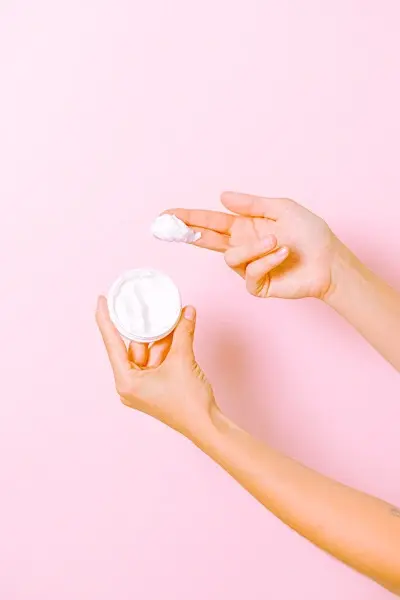
Benzoyl peroxide is another skincare ingredient that can help manage your acne during your time of period.
You can integrate benzoyl peroxide into your skincare. It is a wash, a spot treatment, or an all-over cream. Keep in mind that you shouldn’t use salicylic acid and benzoyl peroxide at the same time. This can make your skin more sensitive.
When using a benzoyl peroxide face wash, leave it on for a minute or two before rinsing to get the best effect. It is good for body acne, and rinse it thoroughly because benzoyl peroxide can bleach your towel and clothes.
You can choose from spot treatments and creams with benzoyl peroxide, the main ingredient to help combat acne. Follow the product’s instructions, and don’t worry about the bleaching effect it can have on your clothes and, if you’re going to bed, your pillows and sheets.
Chemical exfoliation
You can include a specific chemical exfoliation step in your routine twice a week. This skincare helps combat the dullness and acne that happens to your skin during the luteal and menstrual phases of your period.
A BHA and AHA mask or enzyme scrub are two common chemical exfoliation methods. Ensure a patch test on your arm or other body parts before using it on your face. This way, you can prevent irritation. on your skin.
Manual exfoliation requires using physical beads or other ingredients to scrub dead skin cells. This can cause micro-tears in the skin, leading to uneven exfoliation and even increased skin sensitivity.
If done right, at-home chemical exfoliation is much kinder to your skin and gives you an even exfoliation.
Be aware not to overdo it with the exfoliation, or you may strip your skin raw and sensitive. If you’d instead have a professional do it, go to a licensed doctor or aesthetician.
Acne sticker patches

Pimple patches are a great solution to look into if you tend to pick at your skin when you have acne.
These stickers help protect the acne from dirt and further irritation when being touched and picked. The basic pimple patch sticker sucks out the puss from the pimple. Some versions of the pimple patch have tiny darts that can inject antibacterial and anti-inflammatory skincare ingredients so the spot can heal faster during period.
Also Read: Skincare Tips Every Person Can Use
Gentle cleansing in the morning
There has been this back and forth in the skincare community about whether or not you should cleanse in the morning or if a simple rinse of water is enough.
It all boils down to personal preference, but if you decide to cleanse your skin, opt for a more gentle cleaner. This avoids over-stripping your skin of its natural oils which can aggravate oily skin and further dry out already dry skin.
Vitamin C serum
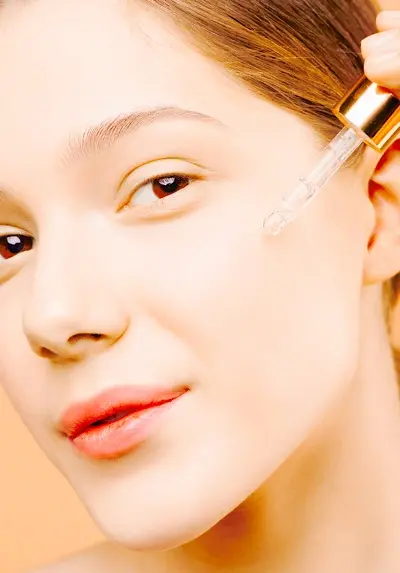
Using a vitamin C serum is a great way to target hyperpigmentation caused by healed acne spots, and it helps speed up wound healing and illuminates the complexion. Going out helps strengthen your skin against pollution, free radicals, and sun damage.
Experts recommend using a Vitamin C concentration higher than 10% in the active form of l-ascorbic acid. Do a patch test to inspect if your skin can handle higher concentrations or if the serum doesn’t irritate your skin.
Moisturize, moisturize, moisturize!
Keep your skin balanced and calm with moisturizer. All skin types can benefit from a good moisturizer, even oilier skin!
Several moisturizers on the market can suit your needs. They often include niacinamide, hyaluronic acid, ceramides, and peptides which help keep your skin barrier hydrated and healthy.
Depending on your skin’s needs, you can opt for a lighter or thicker moisturizer consistency.
Apply sunscreen always

Using sunscreen during the day is the best way to protect your skin from sun damage. By doing so, you are helping your skin heal better from all its other problems like acne. Since it doesn’t have to work twice as hard fighting off sun damage simultaneously, it’s the best anti-aging “secret.”
Like moisturizers, there are so many different formulations of sunscreens on the market. Gone are the days of thick, gloopy, traditionally sunscreen-smelling creams. There are lighter textures and more elegant scents or even fragrance-free sunscreens now.
The best sunscreen is one that you use every day, and that’s the only way it will work.
Anti-inflammatory diet
While this isn’t directly applied to your skin, an anti-inflammatory diet can help your skin tremendously. Acne, in its essence, is inflammation of the skin.
Incorporating an anti-inflammatory diet into your lifestyle can help mitigate the effects of acne on your skin. Often, these foods are packed with antioxidants that fight off free radicals, and that can make glowing and younger-looking skin over time.
Also Read: Best Skincare Routine For Oily Skin
Dealing with Your Skincare During Your Period
Your skin usually follows and is the reflection of the internal changes happening in your body. This can be anything from hormonal imbalances to dietary issues. And unless you’re stopping your period, these changes will continue to happen during your cycle.
Getting down to the root cause of most skin problems you may have is the best way to address it. Then you monitor it by giving your skin all possible support to maintain its health. Soon enough, dealing with your skin during your different cycle phases won’t be as challenging.
Also Check: Home Remedies For Hair Growth And Receding Hairline Treatment
Images by Ron Lach, Karolina Grabowska, Mikhail Nilov, Shiny Diamond, Polina Tankilevitch, Anna Shvets and Vitória Santos
